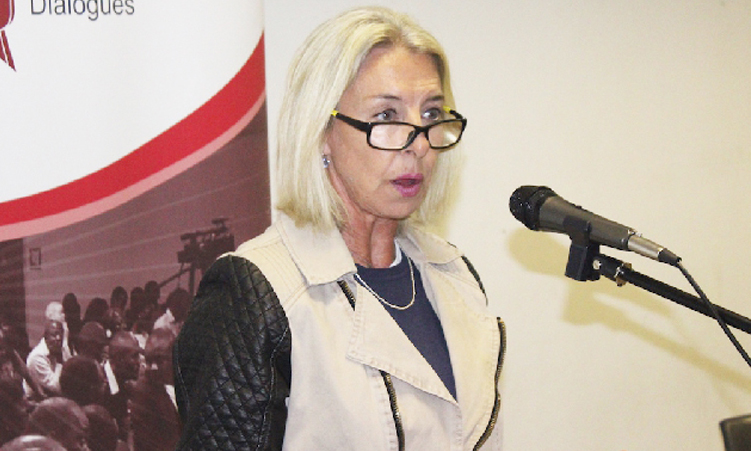ANTHRAX, which broke out in eastern Caprivi last month, continues to kill wild animals and livestock in the area, the Ministry of Environment said yesterday.
Sacky Namugongo, the Deputy Director for Parks and Wildlife Management, said since the outbreak of the disease on October 14, 56 buffalo have died of the disease in eastern Caprivi. Last week, said Namugongo, four mountain zebras died of the disease.”We have already burned the carcasses,” he told The Namibian.However, Namugongo said no further elephant mortalities have been reported.It was earlier reported that eight elephants had died of anthrax.He said approximately 40 cattle have died since the start of the outbreak, and several scavengers such as jackals, hyenas and wolves are also believed to have died.Namugongo once again appealed to people in the affected areas not to eat the meat of animals that died of anthrax, as the disease is very contagious.”They must burn these animal carcasses or bury them.”He said some people are believed to be selling anthrax-infected meat.”These people must stop this,” he said, adding that people should not buy any meat from “bush butcheries” as it could be from animals that died of anthrax.They should ask meat vendors to show certificates issued by the regional veterinary department.Meanwhile, Dr Simasiku Kavandje of the Katima Mulilo State Hospital says the five people admitted for skin anthrax are recovering well.The anthrax outbreak is believed to have spread to the Caprivi Region from Botswana’s Chobe National Park, were a large number of animals reportedly died of the disease.Last week, said Namugongo, four mountain zebras died of the disease.”We have already burned the carcasses,” he told The Namibian.However, Namugongo said no further elephant mortalities have been reported.It was earlier reported that eight elephants had died of anthrax.He said approximately 40 cattle have died since the start of the outbreak, and several scavengers such as jackals, hyenas and wolves are also believed to have died.Namugongo once again appealed to people in the affected areas not to eat the meat of animals that died of anthrax, as the disease is very contagious.”They must burn these animal carcasses or bury them.”He said some people are believed to be selling anthrax-infected meat.”These people must stop this,” he said, adding that people should not buy any meat from “bush butcheries” as it could be from animals that died of anthrax.They should ask meat vendors to show certificates issued by the regional veterinary department.Meanwhile, Dr Simasiku Kavandje of the Katima Mulilo State Hospital says the five people admitted for skin anthrax are recovering well.The anthrax outbreak is believed to have spread to the Caprivi Region from Botswana’s Chobe National Park, were a large number of animals reportedly died of the disease.
Stay informed with The Namibian – your source for credible journalism. Get in-depth reporting and opinions for
only N$85 a month. Invest in journalism, invest in democracy –
Subscribe Now!










